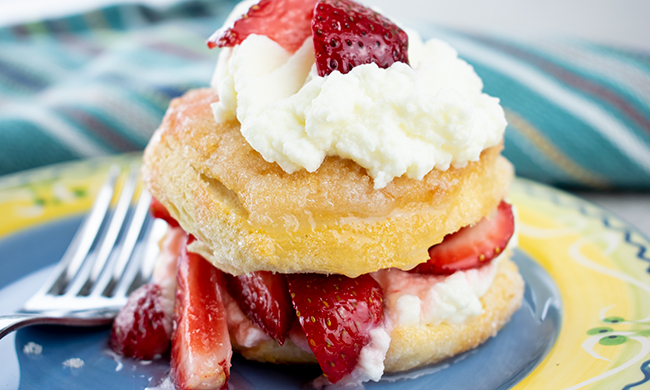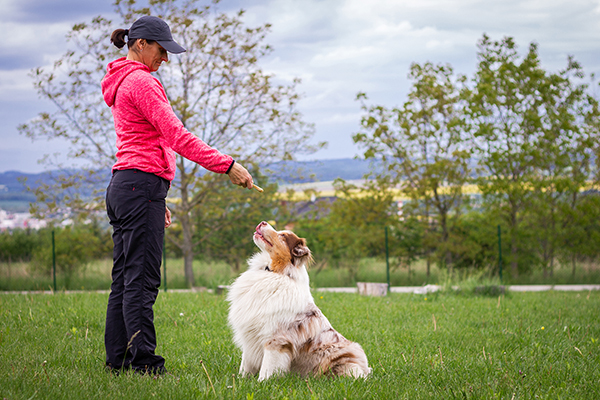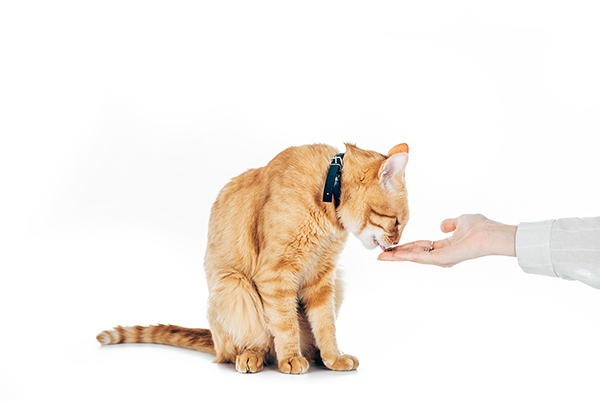In fact, the average American can only prepare five meals without a recipe, according to a OnePoll survey. Consider these fun tips to add a little diversity to your family’s daily menu.
- Build a taco bar. This is an easy way to use leftovers from the week. Pull out tortillas or make rice, add any leftover proteins and sides then mix in taco seasonings.
- Make a family classic. Think back to your childhood and the one or two dishes that became family favorites. Bust out those family cookbooks and recreate classics by having the kids help with age-appropriate tasks.
- Try a microwave-friendly meal. For those nights when no one can decide what to eat, or when you’re simply tired of cooking, turn to the microwave. One healthy option is Aqua Star’s MicroSteam Seafood Meals, which combine sustainable seafood, including salmon, shrimp, tilapia and cod, with on-trend ingredients like mafalda pasta, sriracha, red quinoa and yellow carrots. In the microwave, the film expands and locks in steam to cook food evenly in just 6 minutes without a “fishy” smell.
- Pull out the slow cooker. Being at home all day makes it even easier to prepare a good meal. Choose a recipe, throw it in the slow cooker in the morning and enjoy the delicious aromas as you wait for a meal that’s ready just in time for dinner.
- Try a meal kit. Meal kits are a fun way to switch up your regular repertoire. They’re tasty, easy to make with kids and many of them come frozen so you can stock up. Take, for example, Aqua Star’s Cutting Board meal kits, which come with all the ingredients required to prepare and clean up a high-quality and nutritious meal in 30 minutes or less. With flavors such as Cuban-style wild rockfish, crispy fish street tacos and sweet & spicy BBQ chicken flatbread, there’s plenty of options for family dinners.
- Order takeout or delivery. Many restaurants offer takeout options, and with all the delivery services that exist, eating favorite restaurant meals from the comfort of home is easy to do.
- Have breakfast for dinner. Seemingly always a kid-friendly favorite, scramble some eggs, cook some bacon and get creative with pancakes, French toast or waffles by adding fruit, spices or chocolate chips.
Busting Common Cooking Myths
- Myth No. 1: Frozen is not as good as fresh. When it comes to nutritional value, frozen foods are packed and frozen at the food’s peak freshness, meaning they're still full of nutrients.
- Myth No. 2: Cooking seafood is hard. Seafood is a healthy source of protein that can be steamed, baked, grilled or fried. Start with one technique and master it. An easy way to start is to saute shrimp or fish fillets in a bit of oil. Use the same technique as when you fry an egg and don’t overcook it.
- Myth No. 3: Fish should never be microwaved. Microwaving seafood can actually help preserve nutrients that are typically broken down when heated using other cooking methods. The key is to use steam: Place the fish in a microwaveable bag or choose one of the many ready-to-microwave selections in your grocer’s freezer section. Steaming fish in the microwave cooks fish evenly and preserves texture and taste.
Photo courtesy of Getty Images
SOURCE:
Aqua Star


















